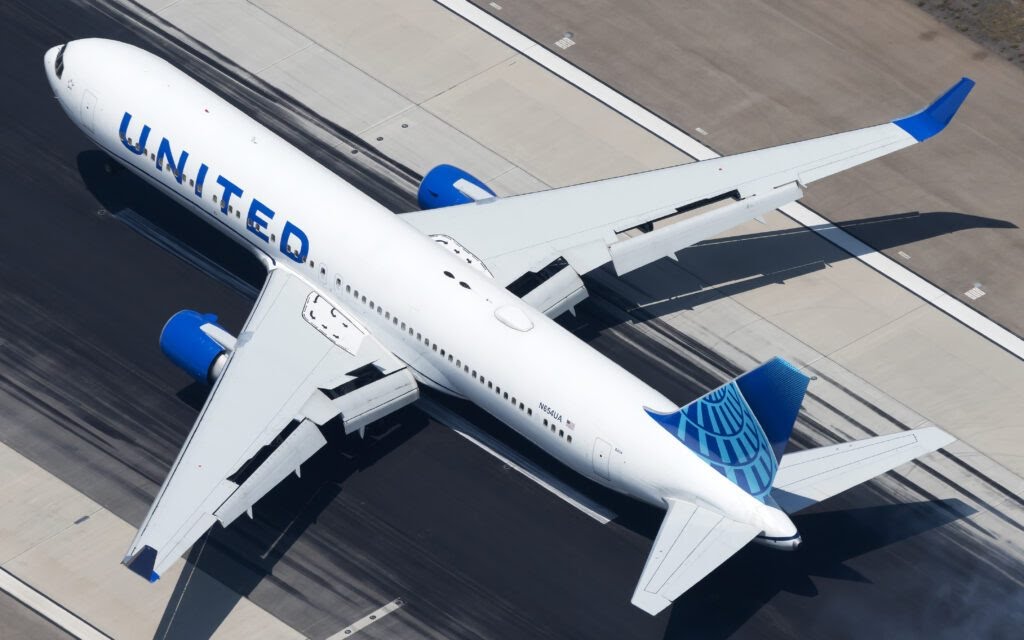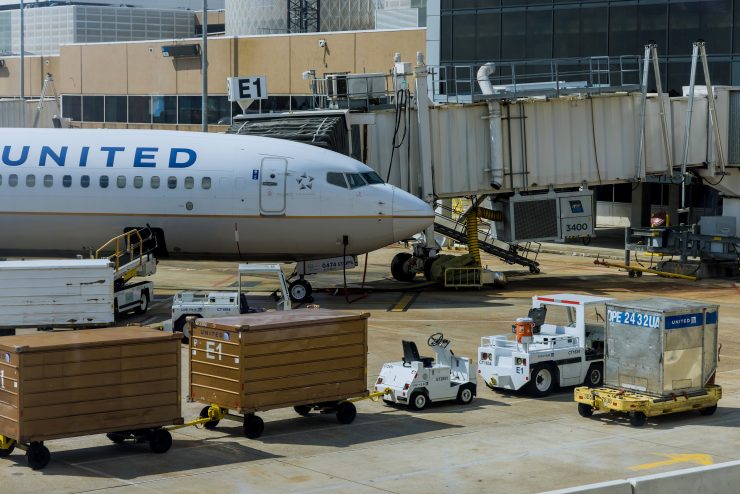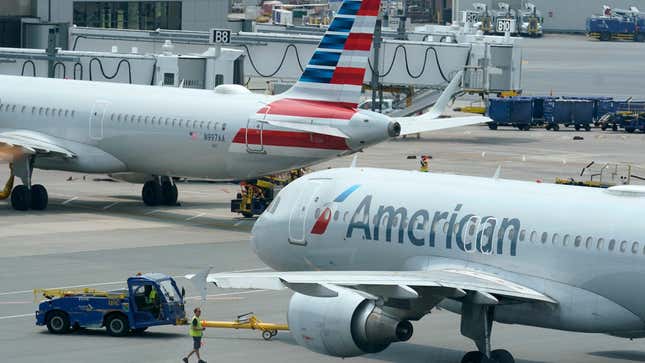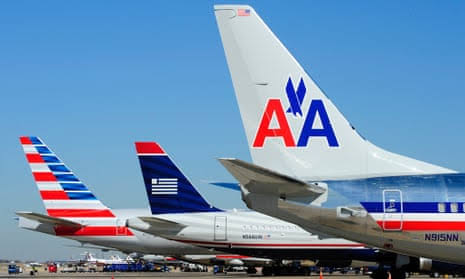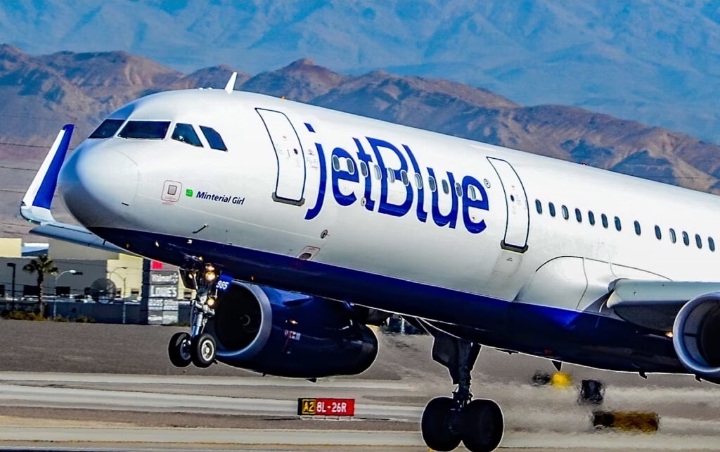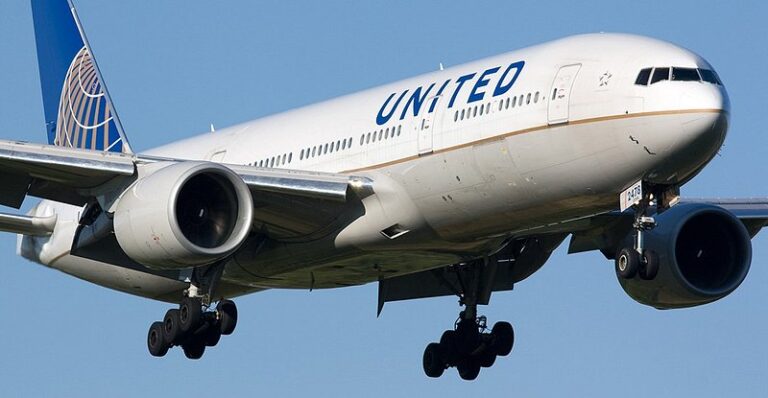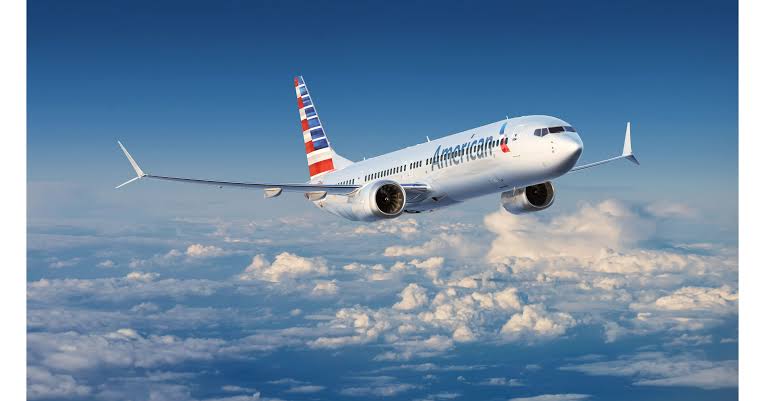‘There’s Just No New Opportunities’: United Airlines Execs Rip Into Low-Cost Rivals
As Delta and United continue to rake in huge profits, both airlines think low-cost carriers have limited recourse. During United’s second-quarter earnings call on Thursday, chief commercial officer Andrew Nocella declared that low-margin rivals have “largely run their course.”
“The thing that’s very interesting is the growth line by these carriers is extremely unprofitable — just the business plans, in some cases, they largely run their course,” Nocella said on the call. “And there’s just no new opportunities available today.”
His comments come as a glut in domestic capacity dragged down United’s and Delta’s third-quarter outlook, two airlines that have stood out in recent years due to their international networks, premium seating, and lucrative loyalty programs. “The last part is you just shrink,” Nocella said. “And so I think these business models are simplistic, and it’ll be very difficult to make complex without adding a lot of costs.”
Airlines Sector Stock Index Performance Year-to-Date
What am I looking at? The performance of airline sector stocks within the ST200. The index includes companies publicly traded across global markets including network carriers, low-cost carriers, and other related companies.
The Skift Travel 200 (ST200) combines the financial performance of nearly 200 travel companies worth more than a trillion dollars into a single number. See more airline sector financial performance.
United and Delta’s Optimistic Outlook Amid Challenges for Low-Cost Carriers
The airline industry has always been a dynamic sector, marked by intense competition and fluctuating market conditions. As we navigate through 2024, United Airlines and Delta Air Lines continue to assert their dominance, showcasing robust financial performances. However, this success is contrasted by the struggles faced by low-cost carriers (LCCs), a segment that once posed a significant threat to traditional full-service airlines.
United Airlines’ Perspective on Low-Cost Carriers
During United Airlines’ second-quarter earnings call, Chief Commercial Officer Andrew Nocella provided an insightful analysis of the current state of low-cost carriers. His comments suggested a significant shift in the competitive landscape. According to Nocella, the aggressive expansion and growth strategies of low-cost carriers are proving unsustainable. He stated, “The very interesting thing is the growth line by these carriers is extremely unprofitable — just the business plans, in some cases, they largely run their course. And there’s just no new opportunities available today.”
Nocella’s assertion points to the challenges low-cost carriers face in maintaining profitability. The market saturation and the lack of new growth avenues are limiting their ability to expand profitably. This scenario is a stark contrast to a few years ago when low-cost carriers were rapidly growing, leveraging lower operating costs to offer competitive fares.
Delta Air Lines’ Strategic Positioning
Delta Air Lines shares a similar outlook. Both Delta and United have focused on enhancing their international networks, premium seating options, and lucrative loyalty programs. These strategies have differentiated them from low-cost carriers, which typically emphasize short-haul routes and minimal service.
The strategic positioning of Delta and United highlights the importance of a diversified business model. By investing in international routes and premium services, these airlines have created multiple revenue streams, reducing their dependence on any single market segment. This diversification has been particularly advantageous in the current market, where domestic capacity is high, and competition is fierce.
The Impact of Domestic Capacity on Financial Performance
Despite their robust strategies, United and Delta have not been immune to the challenges posed by a glut in domestic capacity. This oversupply has impacted their third-quarter outlook, as increased competition and lower fares pressure margins. However, both airlines have managed to mitigate these challenges better than their low-cost counterparts, thanks to their broader service offerings and stronger financial foundations.
The Simplistic Business Models of Low-Cost Carriers
Nocella’s comments also highlighted the limitations of the simplistic business models employed by low-cost carriers. He noted, “And so I think these business models are simplistic, and it’ll be very difficult to make complex without adding a lot of costs.” This statement underscores the inherent difficulties in scaling low-cost operations without significantly increasing expenses.
Low-cost carriers typically operate with a no-frills approach, minimizing costs by offering limited services and charging for additional amenities. While this model can be profitable in a stable market, it becomes challenging when expansion requires additional investments in infrastructure, technology, and services. As low-cost carriers attempt to compete with full-service airlines on more complex routes or services, their cost structures become less advantageous.
The Broader Implications for the Airline Industry
The current dynamics between full-service airlines like United and Delta and low-cost carriers have broader implications for the airline industry. The success of United and Delta in leveraging their international networks and premium services suggests a potential shift in consumer preferences. Travelers may be increasingly valuing the benefits of comprehensive service offerings, especially on longer routes.
Moreover, the financial struggles of low-cost carriers could lead to a consolidation in the market. We might see some low-cost carriers scaling back their operations or even exiting the market altogether. This consolidation could further strengthen the position of established players like United and Delta.
The Performance of Airline Sector Stocks
The financial performance of airlines is also reflected in the stock market. The Skift Travel 200 (ST200) index, which tracks nearly 200 travel companies, provides a snapshot of the sector’s health. The year-to-date performance of airline sector stocks within this index highlights the divergent fortunes of different types of carriers. Network carriers like United and Delta have shown resilience, supported by their diversified revenue streams and strong brand loyalty.
In contrast, the stocks of low-cost carriers have been more volatile, reflecting their operational challenges and uncertain growth prospects. Investors seem to be recognizing the limitations of the low-cost model in the current market environment, favoring the stability and growth potential of full-service airlines.
Looking Ahead: The Future of Airline Competition
As we look ahead, the future of airline competition will likely be shaped by several key factors. Firstly, the ability of airlines to adapt to changing market conditions will be crucial. Full-service airlines that can continue to innovate and enhance their service offerings will likely maintain their competitive edge.
The financial health and sustainability of business models will be a critical determinant of success. Low-cost carriers will need to find ways to achieve profitability without sacrificing their cost advantages. This may involve exploring new markets, enhancing operational efficiencies, or even rethinking their growth strategies.
The evolving preferences of travelers will play a significant role. As travel demand continues to recover post-pandemic, airlines that can meet the diverse needs of passengers — from budget-conscious travelers to premium customers — will be well-positioned to thrive.
The contrasting fortunes of United and Delta compared to low-cost carriers underscore the complexities of the airline industry. While full-service airlines have successfully leveraged their diversified service offerings and strong financial foundations to navigate challenging market conditions, low-cost carriers face significant hurdles in sustaining their growth and profitability. As the industry continues to evolve, the ability to adapt and innovate will be key to long-term success.
